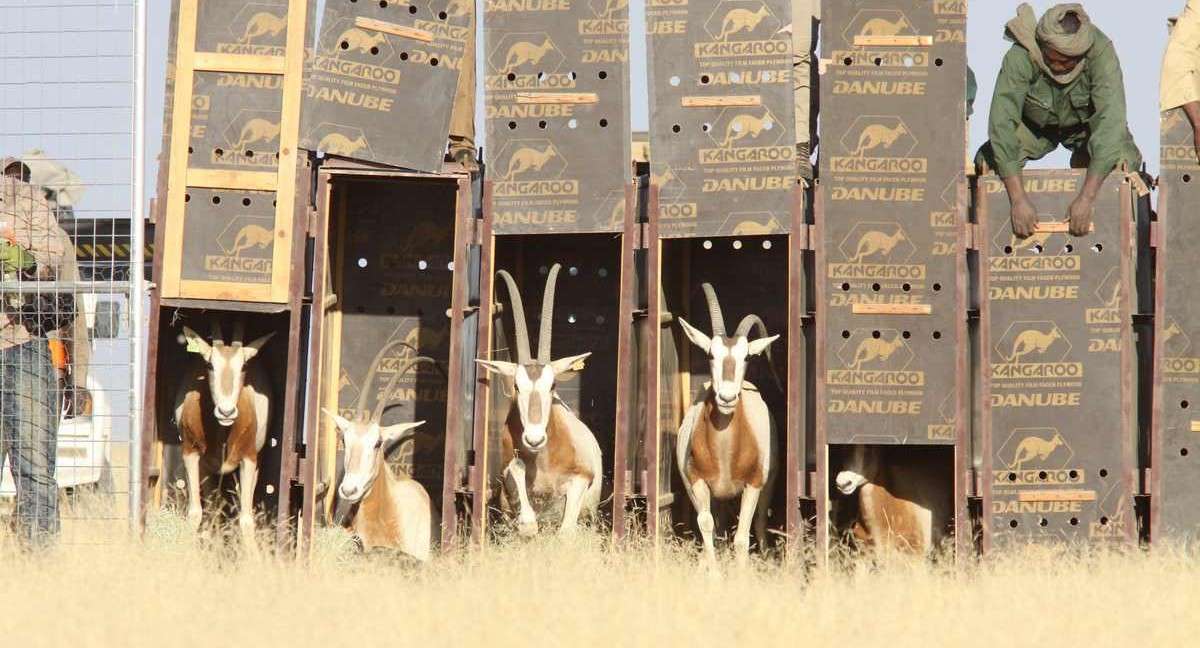Strangers Send Over 60 Pairs of Tiny Shoes For a Chicken With Missing Toes-LOOK
The chicken had trouble moving on hard surfaces, and Davignon remembered she had a pair of dog shoes that her smallest pooch never used.

In one of Africa's last great wildernesses, a remarkable thing has happened—the scimitar-horned oryx, once declared extinct in the wild, is now classified only as endangered.
It's the first time the International Union for the Conservation of Nature (IUCN), the world's largest conservation organization, has ever moved a species on its Red List from ‘Extinct in the Wild' to ‘Endangered.'
The recovery was down to the conservation work of zoos around the world, but also from game breeders in the Texas hill country, who kept the oryx alive while the governments of Abu Dhabi and Chad worked together on a reintroduction program.
Chad is one of the most corrupt countries on Earth, and ranks second-lowest on the UN Development Index. Nevertheless, it is within this North African country that can be found the Ouadi Rimé-Ouadi Achim Faunal Reserve, a piece of protected desert and savannah the size of Scotland—around 30,000 square miles, or 10 times the size of Yellowstone.
At a workshop in Chad's capital of N'Djamena, in 2012, Environment Abu Dhabi, the government of Chad, the Sahara Conservation Fund, and the Zoological Society of London, all secured the support of local landowners and nomadic herders for the reintroduction of the scimitar-horned oryx to the reserve.
Environment Abu Dhabi started the project, assembling captive animals from zoos and private collections the world over to ensure genetic diversity. In March 2016, the first 21 animals from this "world herd" were released over time into a fenced-off part of the reserve where they could acclimatize. Ranging over 30 miles, one female gave birth—the first oryx born into its once-native habitat in over three decades.
In late January 2017, 14 more animals were flown to the reserve in Chad from Abu Dhabi.
In 2022, the rewilded species was officially assessed by the IUCN's Red List, and determined them to be just ‘Endangered,' and not ‘Critically Endangered,' with a population of between 140 and 160 individuals that was increasing, not decreasing.
It's a tremendous achievement of international scientific and governmental collaboration and a sign that zoological efforts to breed endangered and even extinct animals in captivity can truly work if suitable habitat remains for them to return to.
SHARE This Three-Decade-Long Breeding Effort Coming To Fruition…
Be the first to comment